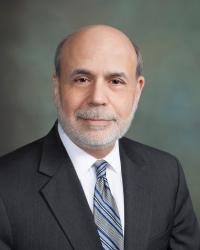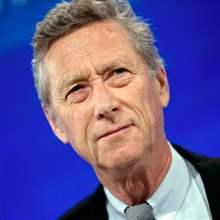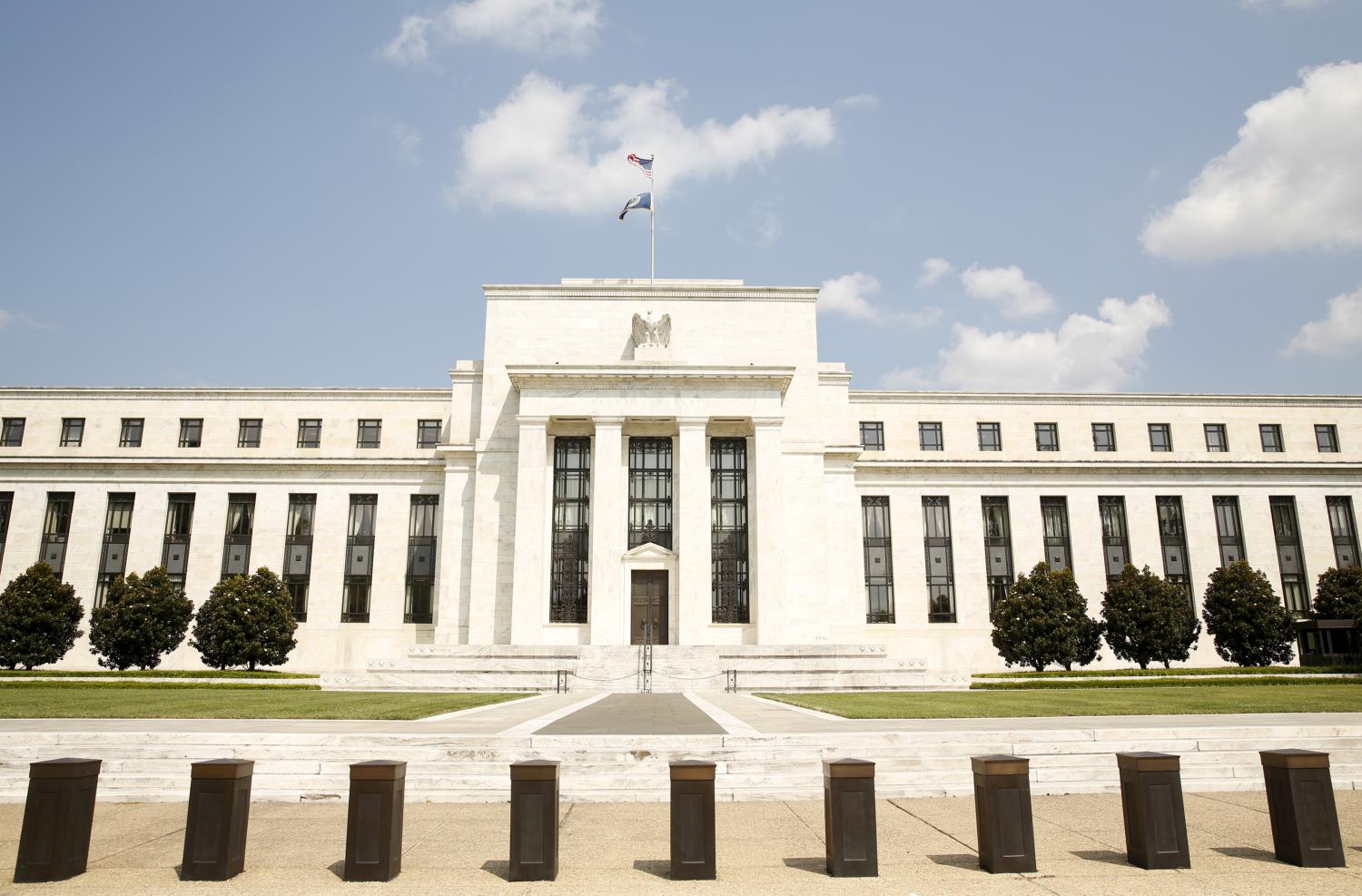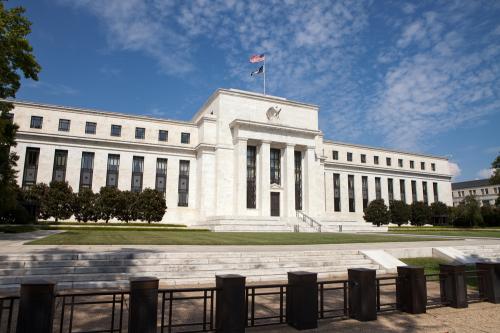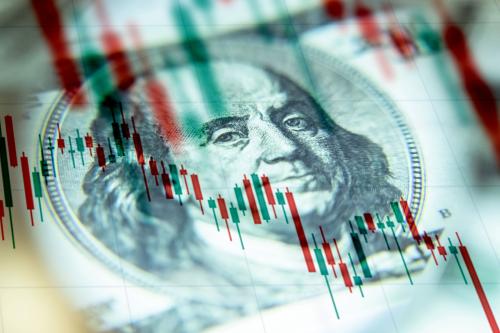© Peterson Institute for International Economics. Republished with permission.
We recently proposed a simple model of the inflation process, estimated it on post-1990 U.S. data, and used the results to identify the shocks and transmission mechanisms that have determined U.S. inflation since 2019 (Bernanke and Blanchard 2023, hereafter BB). Ten central banks expressed interest in using our model to study the recent inflation in their own economies, and we agreed to do a joint project. This paper summarizes and discusses in broad terms the results of the project, leaving details to papers and reports produced by staff at the cooperating central banks. The 10 are Belgium, Canada, France, Italy, Japan, Germany, Netherlands, Spain, U.K. and the European Central bank.
The BB model was intended to capture the joint dynamics of consumer prices, wages, and short- and long-run inflation expectations, conditional on the shocks to inflation (from energy prices, food prices, and sectoral shortages) and on the degree of tightness in the labor market. Our conclusions were that the pandemic-era inflation in the United States was initially the result of a series of adverse relative price shocks and sectoral shortages, each of which had a strong but largely transient effect on inflation. The labor market had little effect on inflation early on, but increased tightness eventually produced limited but sustained pressure on inflation. As the effects of relative price shocks and shortages stabilized or reversed, inflation declined, and the role of labor market tightness became increasingly important, suggesting that some slowing of activity might be necessary to get U.S. inflation all the way back to target.
In some cases, the application of the BB model by the country teams required modifications, reflecting such factors as data availability and institutional differences. With that caveat, estimation, and simulation of the model for each of the 10 economies produced results broadly similar to our findings for the United States: Relative price shocks and sectoral shortages drove the initial surge in inflation, but as these effects have reversed, tight labor markets in most (although not all) countries have become a relatively more important factor. Despite the broad similarities to the U.S. story, the details—for example, the relative importance of energy shocks, price shocks, and shortages in driving inflation—differ by country. There is also considerable variation across countries in the estimated effect of labor market pressure on wage inflation and thus on price inflation.
Differences across countries have implications for the costs of returning inflation to target from current levels (the “last mile”). Most countries saw labor markets tighten over the period. Those that did not and those where the effects of labor market tightness on wages have been weak may achieve their inflation targets without an increase in unemployment. However, some countries, including the United States, may need some loosening of labor market conditions to achieve their inflation targets.
Overall, the episode stands in sharp contrast to the persistent effects of relative price shocks in the 1970s. The more transient effects of price shocks this time around are traced in large part in the model to more anchored inflation expectations and to limited catch-up of real wages. The first is likely due to higher credibility of monetary policy; the second is likely due, in good part, to the disappearance of wage indexation.
A side effect of the project was to demonstrate the benefits of central bank cooperation, in this case looking at inflation through similar lenses and learning from each other. Several central banks have adopted the BB model as part of their forecasting framework.
-
Acknowledgements and disclosures
The Brookings Institution is financed through the support of a diverse array of foundations, corporations, governments, individuals, as well as an endowment. A list of donors can be found in our annual reports published online here. The findings, interpretations, and conclusions in this report are solely those of its author(s) and are not influenced by any donation.
The Brookings Institution is committed to quality, independence, and impact.
We are supported by a diverse array of funders. In line with our values and policies, each Brookings publication represents the sole views of its author(s).
